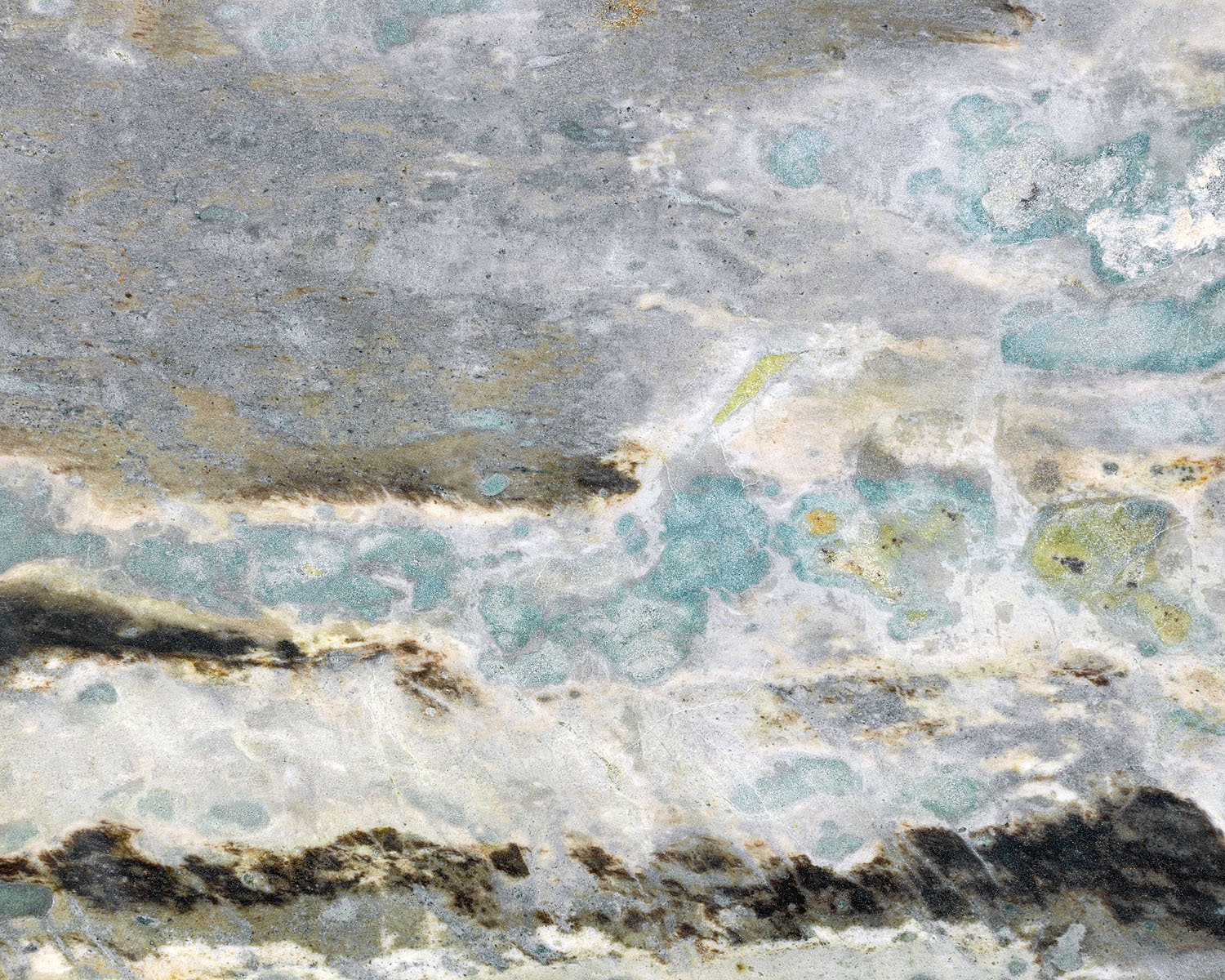Lisa Robinson: Terrestra
“Once I could see the story of stone through this geologic lens, my perceptions of the desert itself shifted. I no longer perceived only the surface appearance of expansive space, which often characterizes these regions, but also the silent ledger of time passage”.
For many years, the name Lisa M. Robinson was synonymous with imagery of snow covered landscapes and structures obscured by white blankets that changed our perception of place and space in her series and book, Snowbound. She followed this focus with the Oceana series, and now is presenting her newest project, Terrestra, shot in the deserts of the American Southwest. Her projects are a conceptual and artistic exploration of the landscape, in relation to the ebb and flow of climatic change and man’s relationship to it. Terrestra creates a perfect trifecta, “coinciding with renewed concern and debate about the fragility of our natural habitat”. These landscapes are seen through the eyes of an artist, presented in a way that reveals the sumptuous beauty and profound history of our planet.
Lisa opens an exhibition of Terrestra at the Klompching Gallery in Brooklyn with an artist’s reception Thursday, January 11, 6:00–8:00PM and running through Februarly 24, 2018. The exhibition features nine large-scale color photographs, depicting geological specimens in varying forms of abstraction, as well as pulled-back views of desert landscapes, marked by the traces of millennia-old evidence of vast seas and the movement of water.
Lisa M. Robinson (b. 1968) graduated cum laude from Columbia University and received her MFA in Photography from the Savannah College of Art and Design. Her photographs have been exhibited across the US and internationally. Robinson’s first monograph, Snowbound, was published by Kehrer Verlag in 2007. Collections holding her work include the San Francisco Museum of Modern Art, Portland Art Museum, Nevada Museum of Art, Ogden Museum of Art and the Museum of Fine Art, Houston. Lisa M. Robinson lives and works in Tucson, Arizona.
Terrestra
The images that comprise Terrestra grew from a deep contemplation of the sea and its perpetual movement, offering me a greater understanding of the desert. Holding a rock in my hands, a prehistoric marine animal embedded within its structure, I suddenly recognized the desert landscape as the historical remnant of a once-filled seabed. The flow and movement of water and land is a geologically permanent condition. And it is the land itself that manifests this passage of time. The resulting mineral studies evoke whole landscapes and seascapes, while referencing the geologic past contained within their forms. Within the stone veins run the floods and dry periods of the past, as well as the alchemies of earth and air, water and elements. These close-up images explore the internal topography of the rock itself to manifest these connections of time, space and life forces.
Once I could see the story of stone through this geologic lens, my perceptions of the desert itself shifted. I no longer perceived only the surface appearance of expansive space, which often characterizes these regions, but also the silent ledger of time passage. The slightest crease in a rock belies thousands of years of water flow; more dramatic folds may represent hundreds of thousands of years of water movement. A swath of land uplifted at a sharp angle transports the imagination back tens of millions of years, to a milieu that predates human existence. The past still resides here; I can touch it with my hand. Investigating these realms with my camera, I am reminded of the infinite worlds residing within the human body, from organs to cells to atoms, as well as the vast scope of the cosmos. The images in Terrestra lay bare the elemental structure of the earth in ways that recall the human body, while simultaneously evoking sensations of impermanence and constant flux. There is a subtle tension between what is present, and what cannot be seen or touched. Evocations of painting and sculpture expand the photograph to brush against the unknown, and dance with the mysterious.
—Lisa M. Robinson
Posts on Lenscratch may not be reproduced without the permission of the Lenscratch staff and the photographer.
Recommended
-
Earth Week: Richard Lloyd Lewis: Abiogenesis, My Home, Our HomeApril 23rd, 2024
-
Earth Week: Ian van Coller: Naturalists of the Long NowApril 22nd, 2024
-
ALEXIS MARTINO: The Collapsing Panorama April 4th, 2024
-
The International Women in Photo Association Awards: Lorraine Turci: The Resilience of the CrowMarch 16th, 2024
-
Julie Rae Powers: Deep RutsMarch 2nd, 2024






































































